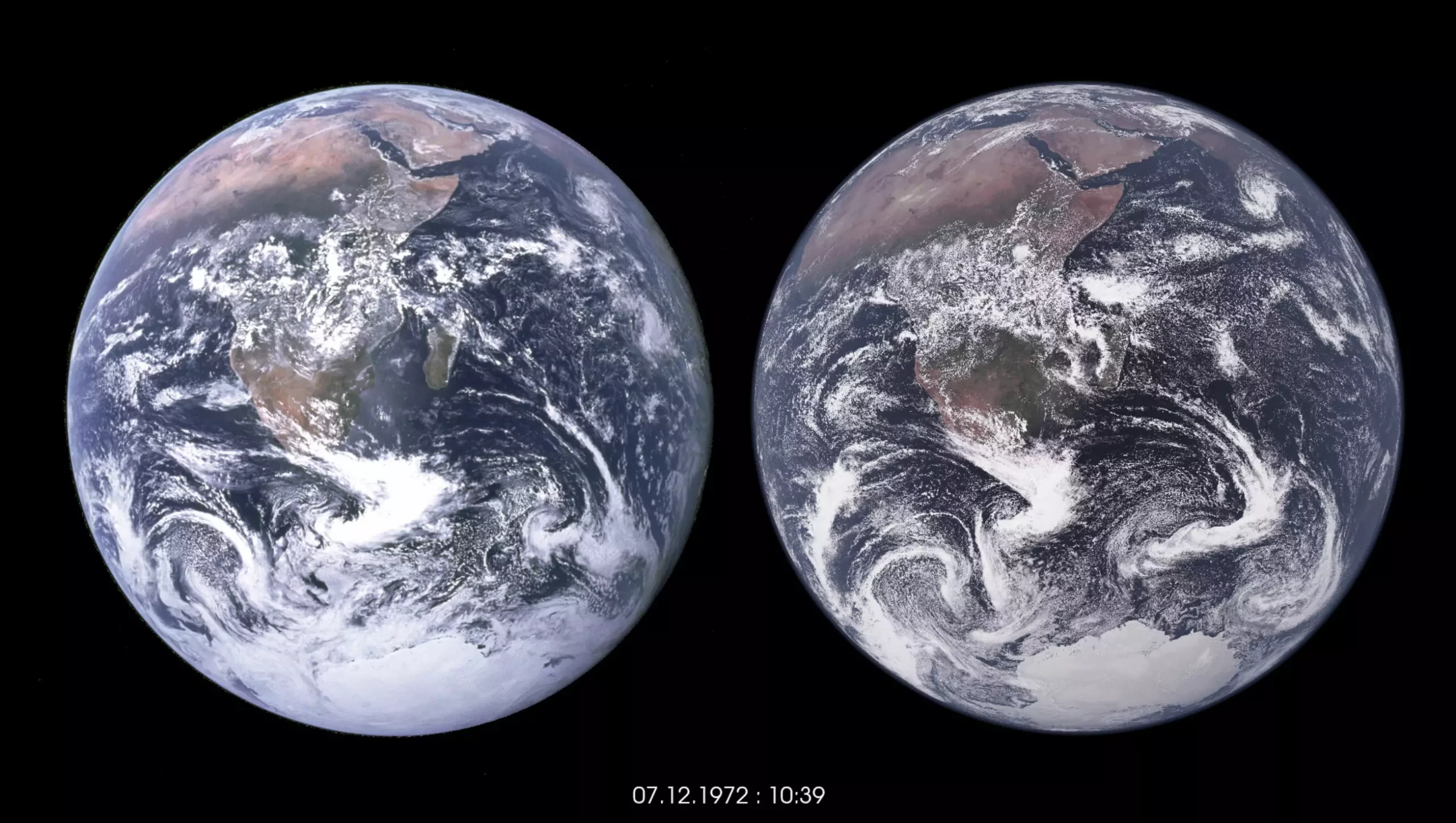Understanding the intricate patterns of clouds in our ever-changing climate is paramount in predicting the consequences they may have on both society and nature. A recent study conducted by scientists at the Institute of Science and Technology Austria (ISTA) and the Max-Planck-Institute for Meteorology sheds light on the relationship between cloud clustering and extreme rainfall events in the tropics.
The study revealed that as global temperatures rise, the severity of extreme precipitation events also increases. These extreme rainfall events are considered to be one of the most destructive natural disasters, not only claiming lives but also causing extensive financial damage. The frequency of these events has been on the rise over the past few years due to the ongoing warming of the climate.
New Climate Model
A new state-of-the-art climate model employed by the research team allowed for a more detailed examination of how cloud and storm clustering influences extreme rainfall events, particularly in tropical regions. This innovative model with higher resolution provided insights into the behavior of clouds under warmer climate conditions, showcasing a significant increase in the severity of extreme rainfall events than previously anticipated.
Impacts on Precipitation Patterns
The findings of the study indicated that when clouds are more clustered, the duration of rainfall increases, leading to a higher overall amount of precipitation. Moreover, the research uncovered that the intensification of extreme rainfall over high-precipitation areas comes at a cost of expanding dry regions, resulting in a notable shift towards extreme weather patterns. These conclusions were drawn from the simulation of cloud and storm clustering using the new climate model.
Read More: Revolutionizing Medical Adhesives: Customizable Underwater Bio-Adhesive Patches
Role of High-Resolution Climate Models
Unlike previous climate models, which could not capture the intricate details of cloud and storm formation, the new high-resolution model presented a more accurate representation of these dynamic processes. By simulating the tropics with enhanced resolution, the researchers were able to gain a deeper understanding of the formation of clouds and storms in that particular region, highlighting the unique characteristics of tropical weather systems.
Climate scientists worldwide are working collaboratively to develop advanced models that provide a more realistic depiction of the Earth’s climate system. These models, which divide the atmosphere into three-dimensional segments, utilize complex physical equations to simulate the interactions and changes within the climate system. As computational capabilities evolve, the resolution of these models continues to improve, offering a more detailed understanding of climate dynamics.
Lead researcher Jiawei Bao, in collaboration with his colleagues, aims to further investigate the causes and impacts of extreme precipitation events using additional climate models. Caroline Muller and her research group are focused on studying air convection and cloud formation at various scales to enhance our comprehension of climate change’s implications on both human society and the environment.
The study on cloud patterns and extreme rainfall events in the tropics underscores the critical importance of understanding the complex interplay between climate elements. By utilizing advanced climate models and fostering collaboration among scientists, we can deepen our knowledge of how climate change influences extreme weather events, ultimately aiding in better preparedness and mitigation strategies.


Leave a Reply